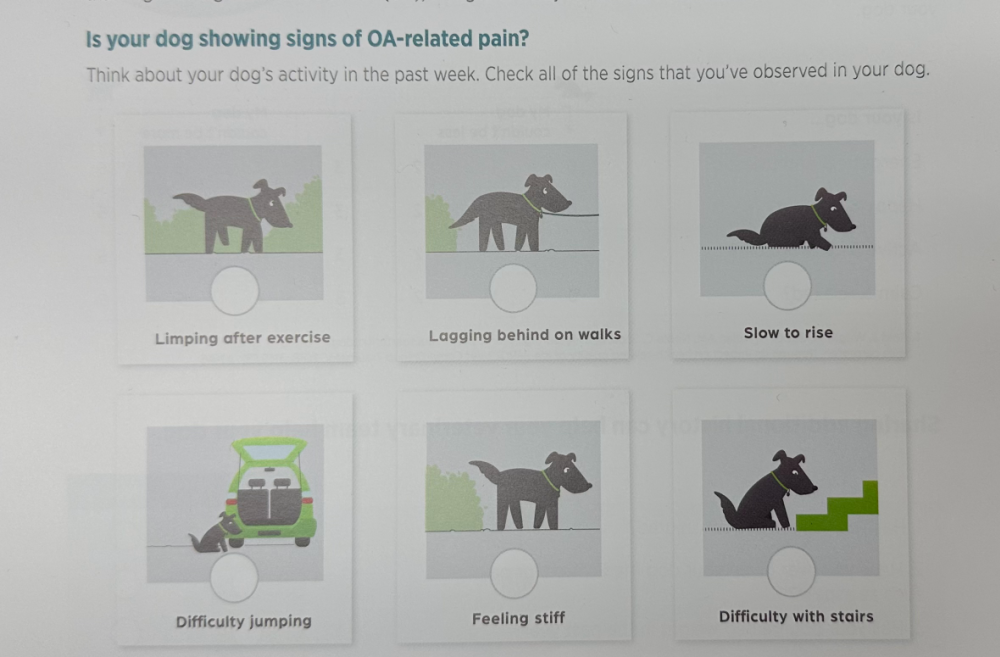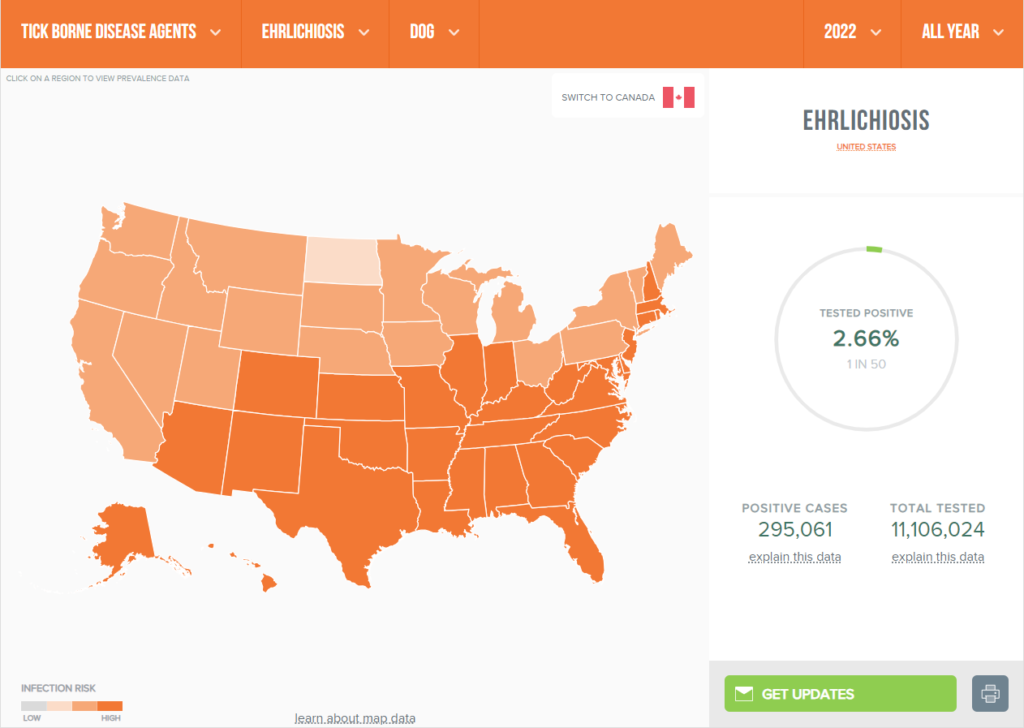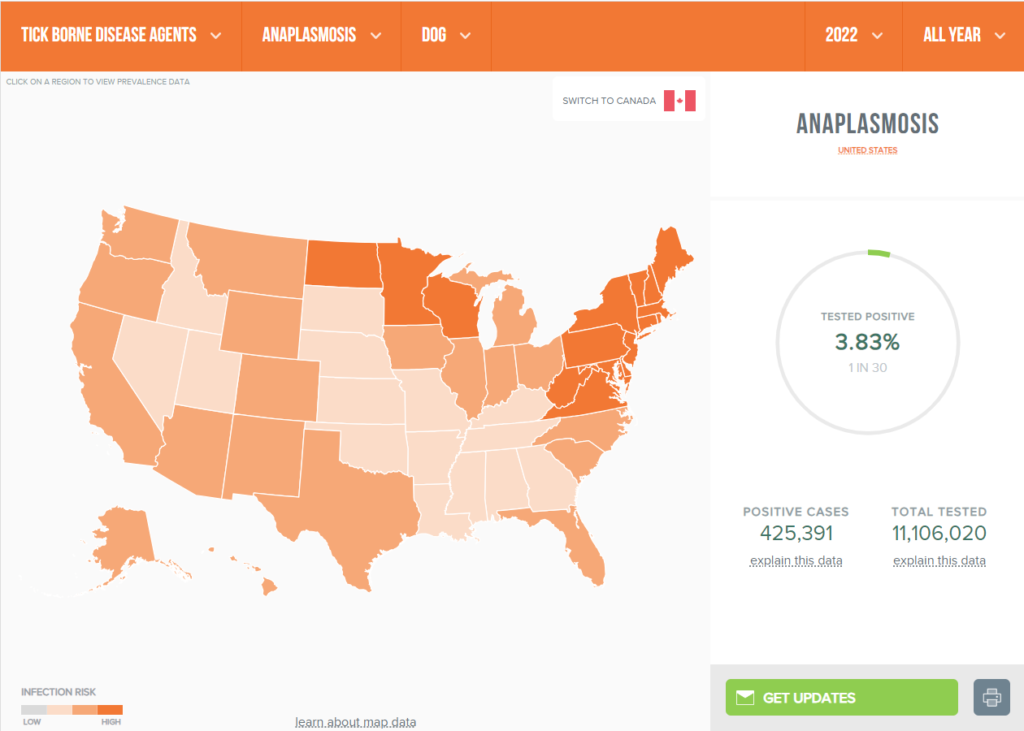Final Blog of 2023
Where has 2023 gone? Long ago I was told that time goes faster as we age. I now understand that concept. Of course, we know that scientifically time is consistent but boy there are times I swear hours turn into minutes. This blog will cover multiple items since lots has happened since the last blog.
FIRST, let’s have a quick note on the mysterious canine respiratory disease. I believe the news has covered this well over the last few weeks. Unfortunately, we do not have an exact cause or cure at this time. The veterinary community is working on cases and diagnostics and treatment for this new condition. What we do know is that dogs in close contact with other dogs can spread this by sharing bowls, coughing, sneezing, licking another dog. Therefore, activities where dogs gather in close proximity to one another can spread the disease. They believe it is not a virus so finding the right antibiotics for treatment is crucial going forward. Dogs cough for lots of reasons. Please do not jump to conclusions that your dog has this disease just because it coughs. The disease does cause lethargy, fever, nasal discharge, cough, and potentially pneumonia. These dogs are sick. The cough is persistent it does not come and go. For instance, there are dogs that cough only when they get excited or only when they have been laying down. This would not correlate with this mystery respiratory disease. If you are concerned about your dog’s cough, please contact your veterinarian to find out how they want to proceed with diagnostics and treatment. Give the veterinary profession time to explore this new disease and we will surely share our findings once we have concrete information about it.
SECOND, we have had a successful launch of the Librela osteoarthritis injection. The November blog goes into more detail about this new mode of treatment. We have had a few clients that have returned for the 2nd injection and have been pleased with the positive changes in their aging dogs. Comments such as – my dog is running and playing with the other dogs more, I saw my dog jump onto the couch again, my dog is getting up off the floor easier, etc. Our goal is to help dogs age more gracefully and with less pain. If you have seen changes in your dog’s mobility please consider a course of injections to see if LIbrela can help them. Let’s make life as easy as possible for them in their senior years.
THIRD, please continue flea and tick medication year-round. I realize in the past once the cold weather arrived we stopped. Well, this last summer we had 11 positive lyme disease cases. Compare that to only 1 case in 2022. A significant increase. Why you might ask? Our winters do not have snow on the ground like years ago. If there is no snow, the deer ticks are out and active. Our dogs are out in the woods and tall grasses with them. Let’s stop the spread of these tick borne disease by protecting our dogs all year long. Once a dog gets lyme disease, it’s body does not clear it after that. We see kidney disease in older dogs related to positive lyme cases. Protect your pets and keep them on flea and tick prevention.
FOURTH, with holiday gatherings our pets are at higher risk of poisonings. Finding chocolate goodies or packages with edible items is a common reason for a emergency call during this time of year. We also see higher cases of stomach issues from vomiting and diarrhea because of eating items we normally would not feed our pets. Please refrain from offering different food items to your pets during the holidays. No one wants to spend the holidays in the ER with your dog.
FIFTH, and final thought for 2023….
THANK YOU FOR ALLOWING WINTERSET VETERINARY CENTER TO SERVE YOU AND YOUR FURRY FRIENDS. WE ARE SO GLAD THAT YOU CHOSE US TO CARE FOR YOUR PETS AND LIVESTOCK. OUR SUCCESS COMES FROM THE TRUST AND CONFIDENCE YOU PLACE IN US.
WE HOPE ALL OF YOU HAVE A VERY MERRY CHRISTMAS. AS 2024 ROLLS IN AND WE BEGIN A NEW YEAR, WINTERSET VETERINARY CENTER WILL HAVE ITS 40TH BIRTHDAY. THAT IS SOMETHING TO BE CELEBRATED.
SEE YOU NEXT YEAR!








